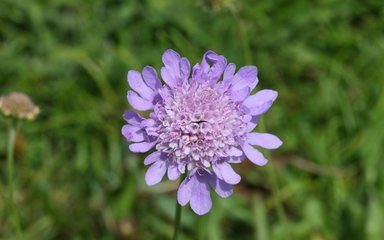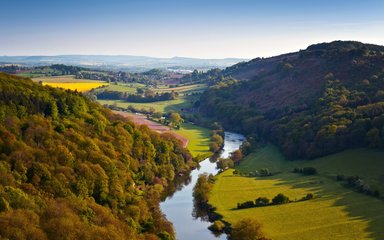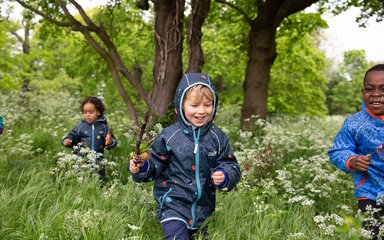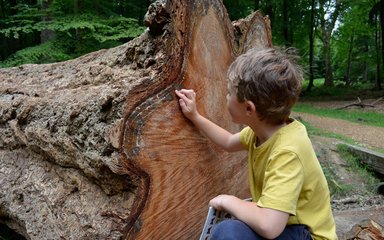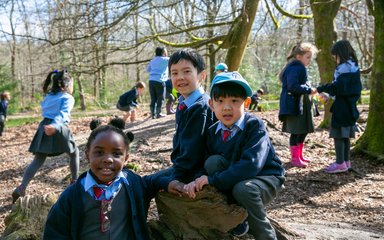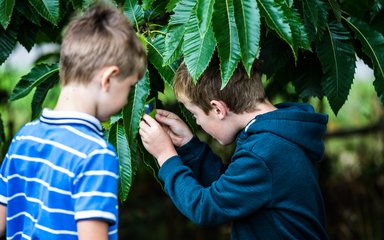
The National Festival of Fieldwork takes place in June and is a fantastic opportunity to get outside the classroom, learn new things, explore the local environment, and most of all, have fun doing it. We have plenty of resources to choose from when teaching these fieldwork geographical techniques. Find out why this is so important and get some inspiration for your next outdoor visit.
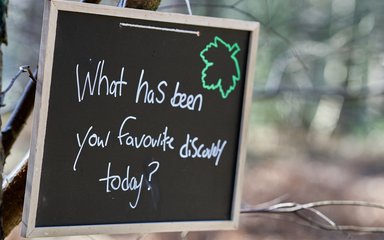
What is fieldwork?
Fieldwork allows us to observe and collect data from our natural environment. As this happens in our everyday outdoor surroundings and not in a classroom, it enables us to learn how our theories integrate with real life. Children and young people can learn about wildlife, habitats and forest biomes and see how they interact with each other and how this relates to what they already know, or what they have been learning.
How can your class benefit from it?
The benefits from fieldwork are huge. Not only will your class make great memories, but they’ll become competent in team building and problem-solving. They’ll be taught new practical skills and learn content essential to exams (if they are in KS3 or above). It offers ways to develop knowledge and skills that adds value to their learning, helping students to link what they have learnt in the classroom to life, through hands on experiences and scientific enquiries.
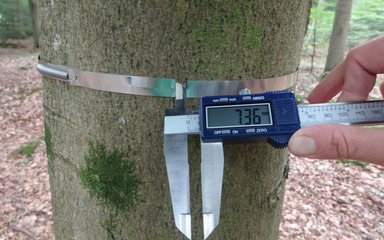
What activities could you do with your class?
If you are struggling for resources, we have plenty that you could choose from. These can be the perfect way to try something new with your class or to build up their fieldwork expertise. You can use these in your school grounds, your local area or a forest.
KS1 can use the geography lesson plan to study maps and human and physical processes and even make a map of the area they have been studying.
KS2 can learn all about native woodlands and how they compare to tropical rainforests with our temperate forests lesson plan. Activities include looking for seasonal signs, tree identification and plant diversity.
KS3 can calculate tree growth or carry out a tree pest and disease survey of local trees.
Not sure where to start? Hire one of our self-led Ranger in a Bags. They have all you need to become trainee ecologists or foresters for the day. Carry out habitat and minibeast surveys and discover how to calculate the height and age of a tree.
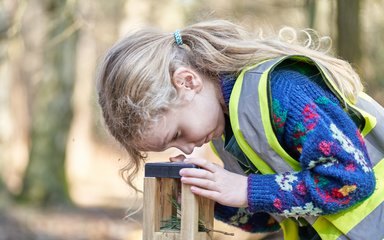
Respect the forest
Remember to take great care when moving and studying things in the forest. Make sure you try our Forest Code pre-visit resource (EYFS - KS2) to find out how to keep yourselves safe whilst respecting the environment and carry out a scientific enquiry to think about what a forest might look and feel like (KS2).
There’s a beautiful natural world out there and its a great place to learn new skills in fun and engaging ways. Learning in the outdoors is great for building connections with nature and making lasting memories. Where will your field studies take you?
Sign up to our learning newsletter
For termly resources and practical ideas


